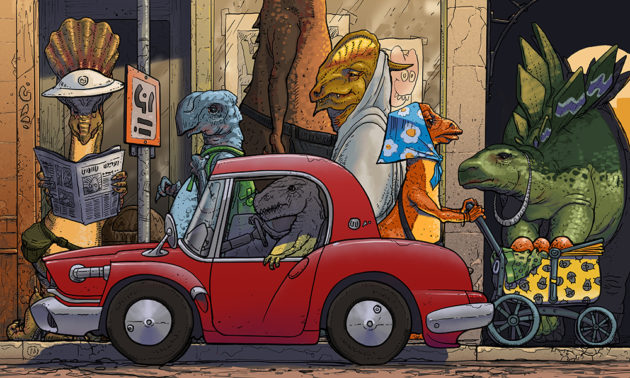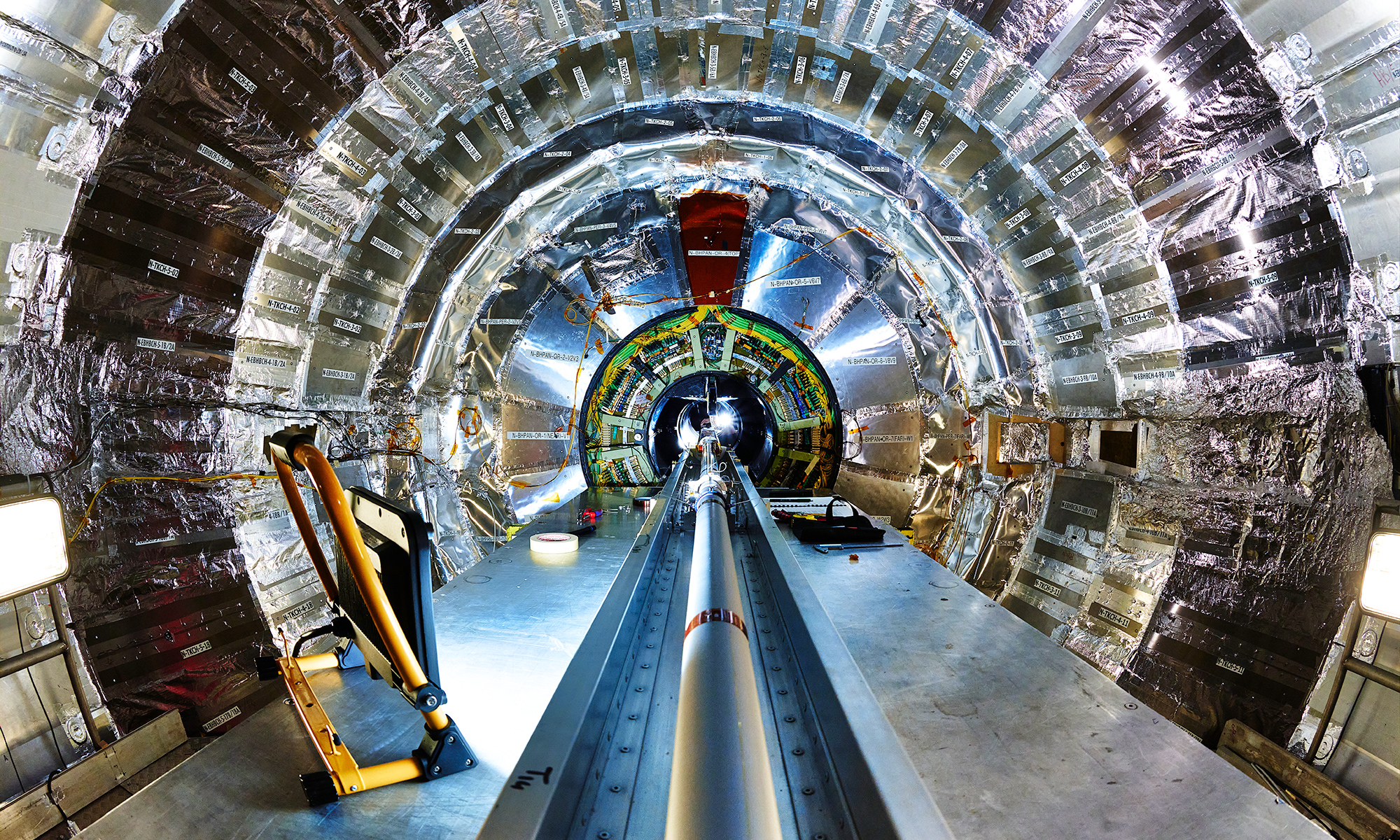Sunday, April 22, marks the 48th celebration of Earth Day, and University of Rochester researchers and scientists from across schools and disciplines are working to learn and discover how to make our world ever better.
We think we’re the first advanced earthlings—but how do we really know?
Imagine if, many millions of years ago, dinosaurs drove cars through cities of mile-high buildings. A preposterous idea, right? In a compelling thought experiment, professor of physics and astronomy Adam Frank and director of the NASA Goddard Institute for Space Studies Gavin Schmidt wonder how we would truly know if there were a past civilization so advanced that it left little or no trace of its impact on the planet.
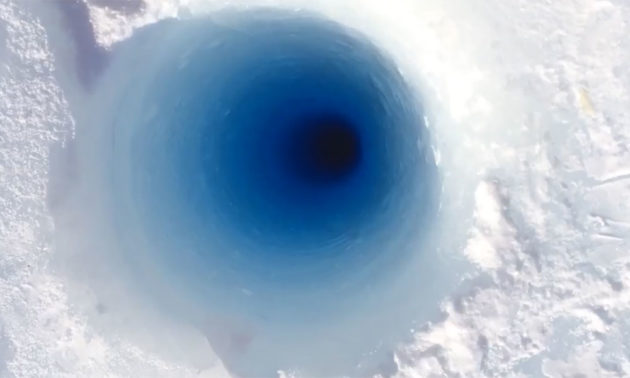
What sound does ice make when it’s dropped 90 meters into an Antarctic glacier?
Peter Neff, a postdoctoral associate in the University of Rochester’s Ice Core Lab, recently recorded a video that has since gone viral that shows the “unexpected and fascinating gunshot noise the ice makes” when it hits the bottom of a borehole in Antarctica. Neff suspects the sound is due to either a reverberation or the Doppler effect.
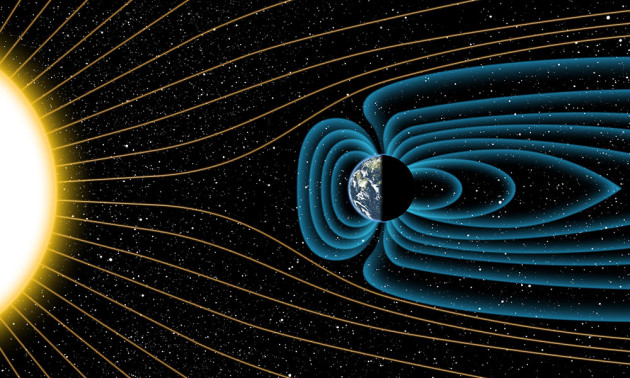
Are changes in the Earth’s magnetic field normal or unusual?
Using new data gathered from sites in southern Africa, University of Rochester researchers have extended their record of Earth’s magnetic field back thousands of years to the first millennium. The record provides historical context to help explain recent, ongoing changes in the magnetic field, most prominently in an area in the Southern Hemisphere that may play a unique role in magnetic pole reversals.

How much methane is being emitted from the Great Lakes?
There is very little data on the methane levels in the Great Lakes, the world’s largest collection of freshwater. Rochester students and their professor want to change that.
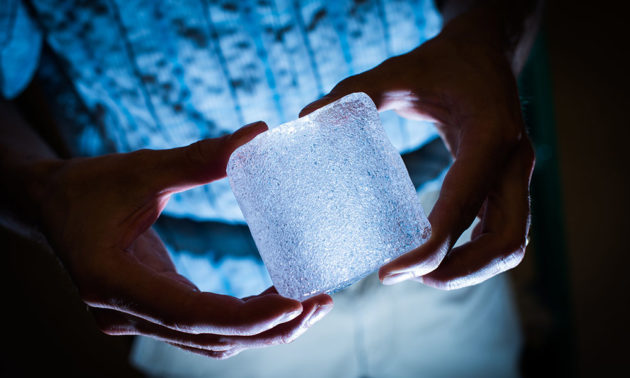
What can you learn from 50,000-year-old air?
Stepping into the walk-in freezer in Vasilil Petrenko’s Ice Core Lab is like stepping into a time machine. The Antarctic ice cores store there contain air dating back as far as 50,000 years. Because it contains greenshouse gases from a time before human emissions complicted the picture, the ancient air offers scientists clues to future climate patterns.
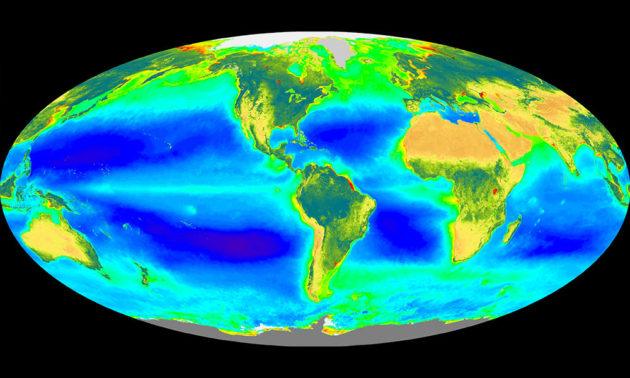
How does data science change the questions we can ask and answer about climate?
Earth science and computer science have been closely intertwined since the development of modern computers. Today, combining computer models with large data sets and high-performance computing allows researchers Tom Weber and Lee Murray from the University’s Department of Earth and Environmental Sciences to work in new ways to understand what drives the global climate system—from deep in the ocean to high in the sky.
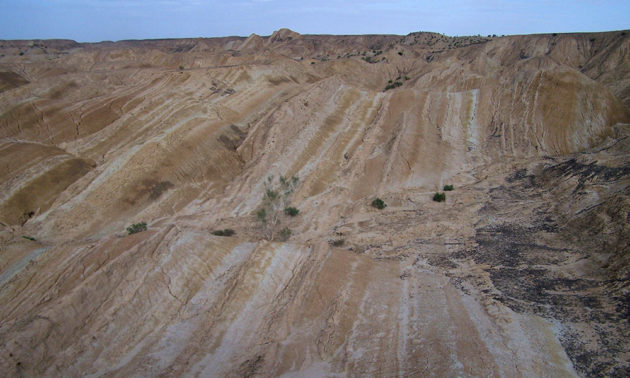
How far back can we construct Earth’s climate record?
The Tibetan Plateau in China experiences the strongest monsoon system on Earth, with powerful winds and accompanying intense rains. These extreme weather patterns make this area an ideal location for climate scientists to study the delicate interconnected web of the global climate system. Professor Carmala Garzione and her colleagues surveyed sediment samples from the plateau’s Qaidam Basin and were able to construct paleoclimate cycle records from the late Miocene epoch of Earth’s history, which lasted from approximately 11 to 5.3 million years ago.
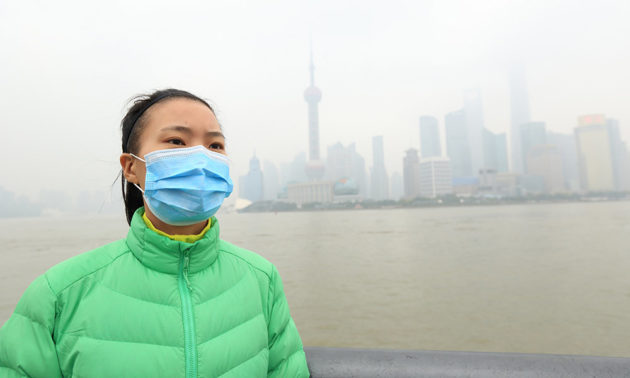
How can air pollution lead to low birth weights?
While scientists have suspected that air pollution may be promoting inflammation in mothers and impacting the development of the placenta and the delivery of nutrition to the fetus, the precise biological mechanisms by which air pollution may impair fetal growth and lead to low birth weight are largely unknown. Building on work done before, during, and after the extraordinary efforts to combat air pollution during the 2008 Beijing Olympics, Medical Center researchers hope to understand the forces at work.

